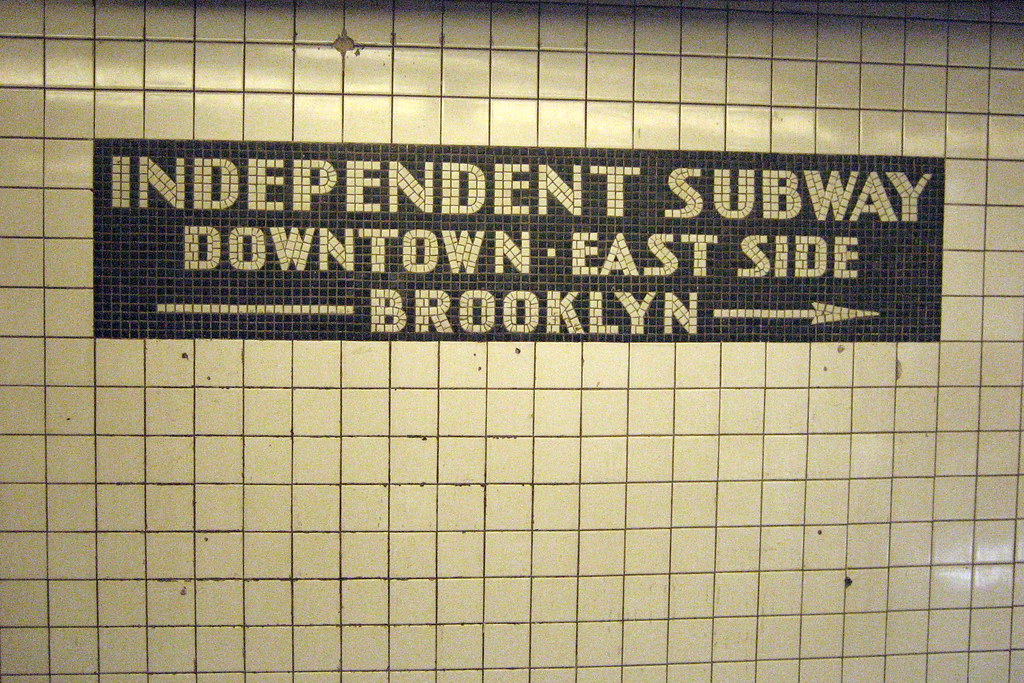After a two-month circus that saw a bunch of uninformed State Senators sound off on transit issues, the MTA finally has a new permanent chairman and CEO. In a 47-13 vote that saw a unified Democratic front joined by a splintered state GOP faction, the Senate voted to approve Jay Walder as the new head of the MTA.
“I am confident that Jay will shepherd the MTA into a new era – one that benefits all riders, whether in the Hudson Valley, the five boroughs or on Long Island,” Gov. David Paterson said this evening. “I applaud this confirmation and look forward to working with Jay as we strive to make the MTA more efficient, transparent and accountable.”
Of course, as we’re talking about the State Senate, Thursday evening’s vote was hardly a smooth affair, and numerous Senators showed their utter ignorance and lack of perspective in voting down Walder’s nomination. With reports from all major outlets, let’s see what everyone was saying.
Per Elizabeth Benjamin, one Binghamton-based GOP Senator voted against Walder because his area has no MTA. “As an upstater, I have roads and bridges,” Tom Libous said in an effort to explain his “no vote. “I don’t have an MTA where I live.” Libous voted as he did to “send a message” to the rest of the state government. “We have no plan for roads and bridges. We need to have a comprehensive capital plan.” That is petty state politics at its finest.
John Flanagan, another Republican from Long Island, voted no because Walder had previously MTA experience. “He’s not a newbie to the situation here,” Flanagan said. “He’s got a track record – no pun intended – having worked for this authority.” For that and for Walder’s unwillingness to take a strong stand during this confirmation sideshow, Flanagan declined to approve a qualified candidate.
Stephen Saland, a Hudson Valley Republican, also voted no for no good reason. According to The Times’ coverage of the confirmation vote, Saland neglected to lend his support to Walder because his Senate colleagues refused to host one of their confirmation hearings in his district. Somehow, Saland is upholding his public duty with this vote.
Finally, one man who voted yes — Carl Kruger — continued to sound ignorant of reality. “There is still much work to be done to repair the frayed relationship between the MTA and its frustrated and beleaguered ridership,” the Senate Finance Committee Chair said in a statement. “But Mr. Walder answered our questions, allayed our concerns and appears committed to heralding the new era of transparency and accountability at the MTA that we fought so hard to achieve during the past year.”
I again question Carl Kruger’s ability to pay attention to reality. For years, the MTA has put numerous budget documents on its website. For years, the MTA has been more forthcoming than any other public authority with its fiscal information. It hosts multiple public forums and has opened its books for all to see. This “new era” began before Elliot Sander arrived; it’s not beginning today. I wouldn’t expect Carl Kruger — a politician who feels that bus lane enforcement will lead to increased congestion — to understand that.
In the end, this tomfoolery doesn’t really lead anywhere. The Senate is mocked, and the MTA has its head. On paper, Walder is eminently qualified, but during the confirmation hearings, he ducked answering questions on a few hot-button issues. He has his work cut out for him, and as the Senate will be keeping a close eye on him, it won’t be an easy task.




 Over the last few years, as work on the Second Ave. subway has progressed, I’ve written extensively about the impact construction has on local businesses. With streets and sidewalks torn up, foot traffic to many Upper East Side businesses has slowed to a crawl, and more than a few shops have closed up in the face of a decade-long threat of subway construction.
Over the last few years, as work on the Second Ave. subway has progressed, I’ve written extensively about the impact construction has on local businesses. With streets and sidewalks torn up, foot traffic to many Upper East Side businesses has slowed to a crawl, and more than a few shops have closed up in the face of a decade-long threat of subway construction.












